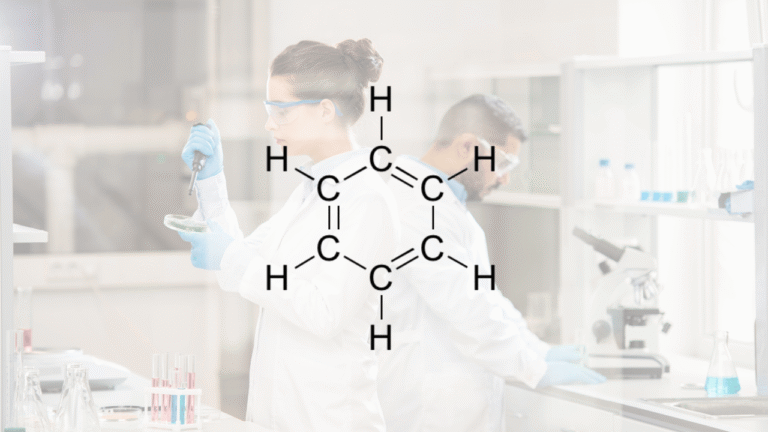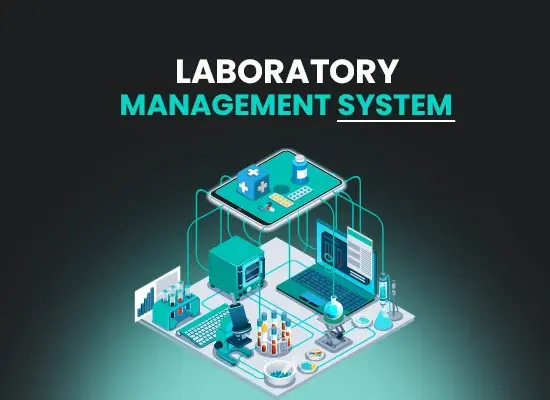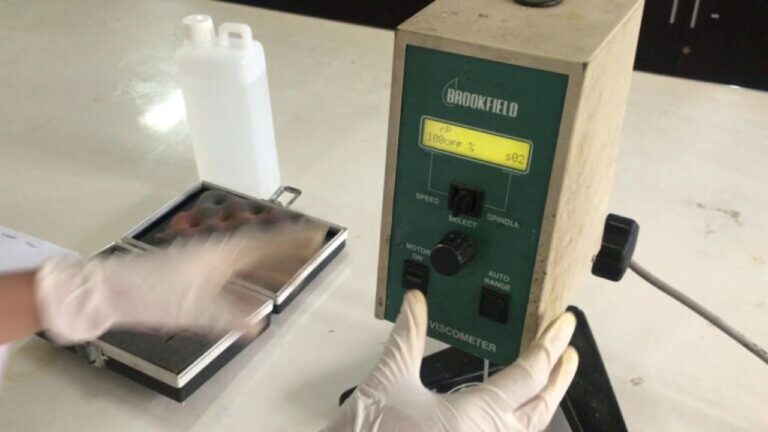Test Tube Prices and Sizes
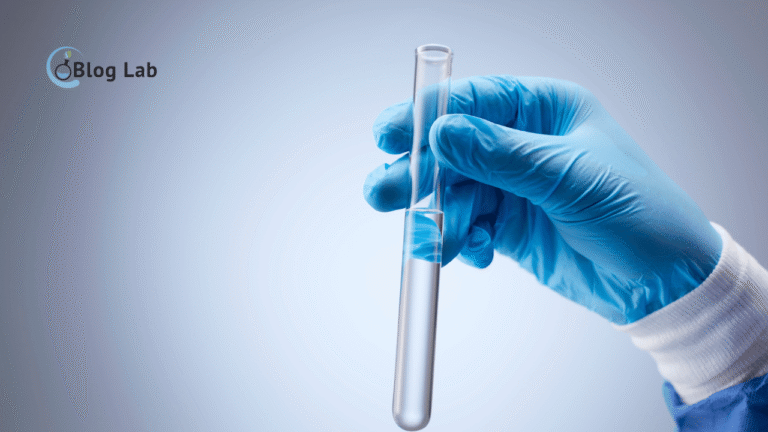
Want to go shopping test tube Confused about size and price? Relax. In this article, we'll cover the most common sizes, capacities, materials used, features that influence price fluctuations, and the estimated price range in the Indonesian market (estimated for 2025). So you can buy the right one for your needs, without being overpriced or buying the wrong model.
How to Read Test Tube Sizes
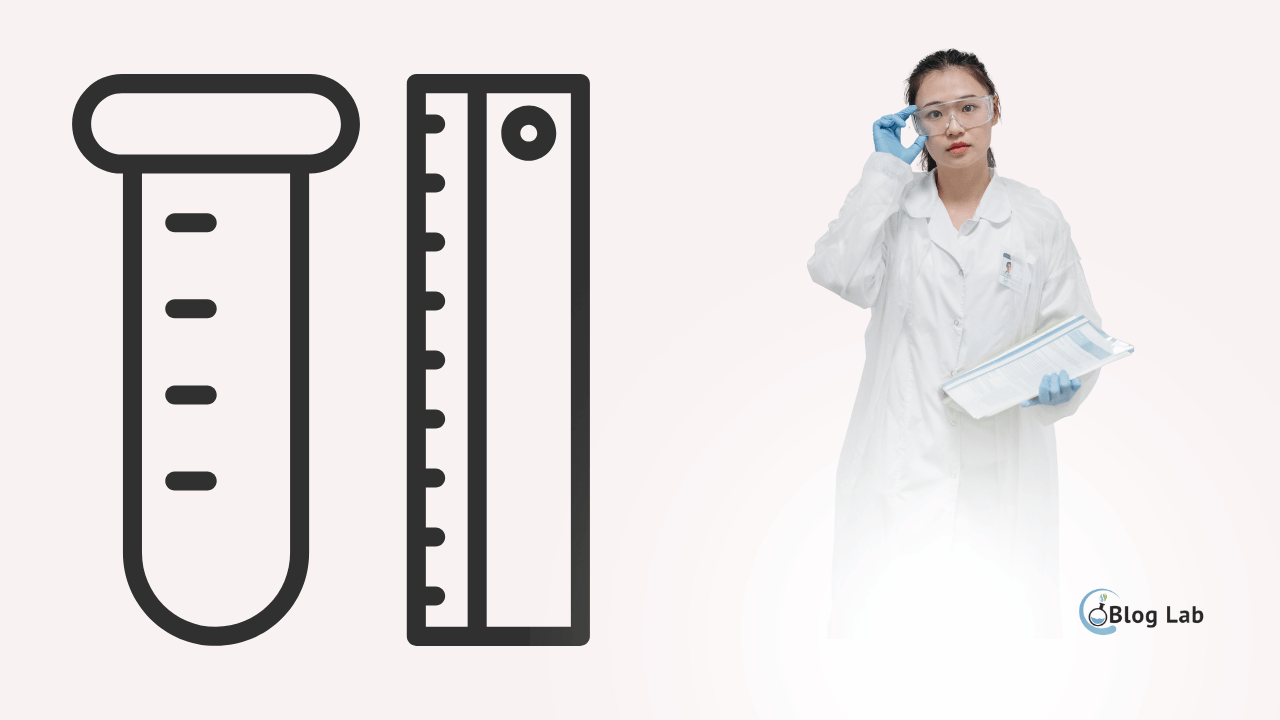
Test tube size usually written as “diameter × length” in millimeters (mm). Example: 16 × 150 mm means an outer diameter of 16 mm and a length of 150 mm.
- Length affects capacity and comfort when heating.
- Diameter determines fit with test tube rack or test tube clamp, as well as volume per unit height.
- The “full” capacity is not the working capacity. When heating, ideally fill the container to 1/3 to 1/2 full for safety.
Common Sizes and Capacities
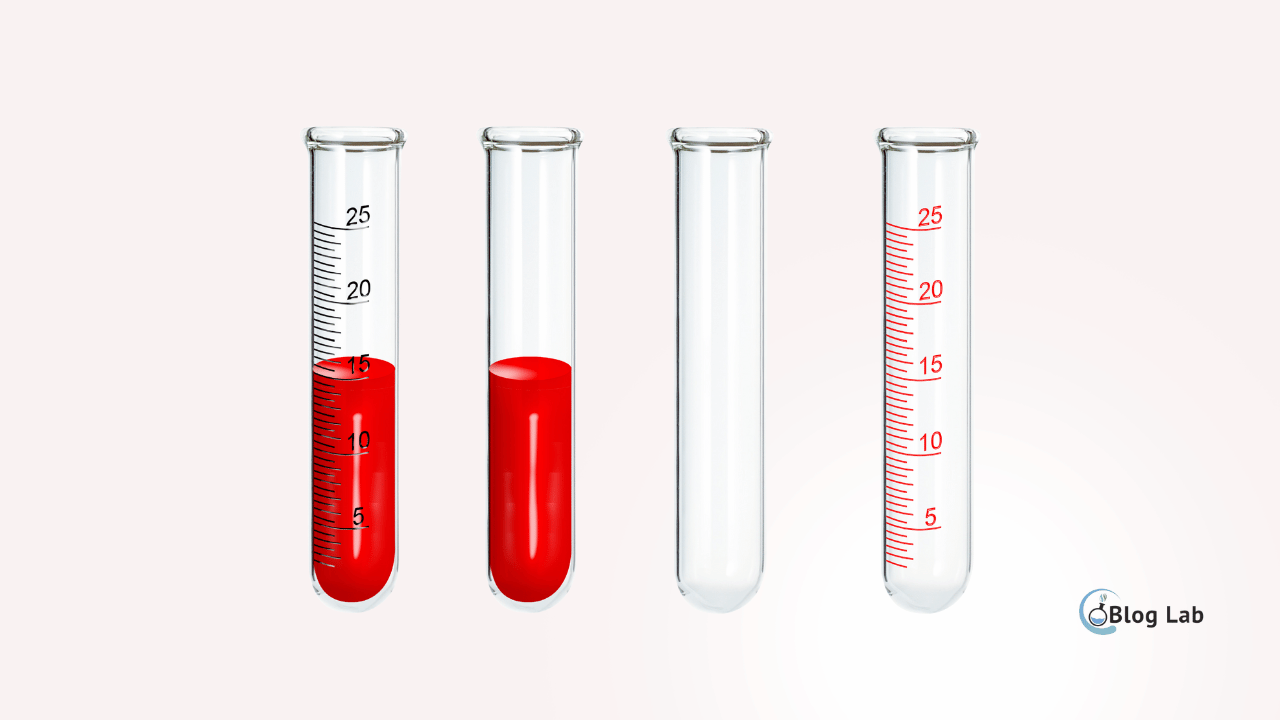
Estimated full capacity and safe working capacity (for light heating). Capacity may vary depending on wall thickness and manufacturer's design.
- 10 × 75 mm — full ±2.5–3 mL; working 1–2 mL. Suitable for rapid tests/reagents.
- 12 × 75 mm — full ±5 mL; working 2–3 mL. A basic lab favorite.
- 13 × 100 mm — full ±8–10 mL; working 4–6 mL. Common in clinical/biology labs.
- 15 × 125 mm — full ±12–15 mL; works 6–9 mL. Multipurpose.
- 16 × 100 mm — full ±12–15 mL; working 6–9 mL. Compact but roomy enough.
- 16 × 150 mm — full ±20–25 mL; works 10–15 mL. “The size of a million people” for schools/campuses.
- 18 × 150 mm — full ±28–30 mL; working 14–20 mL. Suitable for slightly larger volumes.
- 20 × 150 mm — full ±35–40 mL; working 18–25 mL. For procedures requiring headspace.
- 25 × 150 mm — full ±50 mL; working 25–35 mL. Large, convenient for gentle heating.
Note: If only knew the outside diameter, the full capacity could be estimated. Say an OD 16 mm, wall of Rs.1 mm. Estimated full capacity of 16 × 150 mm ~ 22-25 mL.
Test Tube Materials: Which one is suitable?
- Borosilicate glass (Borosilicate 3.3)
- Advantages: heat/thermal shock resistant, can be heated directly on a flame, lasts a long time chemical material, can be autoclave.
- Disadvantages: more expensive than soda-lime.
- The top choice for serious practicals and routine work.
- Soda-lime glass
- Pros: inexpensive, sufficient for room temperature demonstrations/reactions.
- Disadvantages: not resistant to direct flame/thermal shock; more prone to cracking when heated.
- Suitable for elementary/middle schools that rarely have direct warm-up.
- Plastic
- PP (polypropylene): autoclave resistant 121°C, not perfectly clear, not for direct flame, be careful with strong organic solvents.
- PS (polystyrene): very clear, cheap, single-use, not heat/solvent resistant, cannot be autoclaved.
- PC (polycarbonate): clear and strong, autoclavable, but more expensive and has certain chemical limitations.
- Generally used when a single-use sterile is needed or when glass is prohibited (sterile room/clinic).
Features That Affect Function and Price
- Basic shapes: round-bottom (heats evenly, needs a rack) vs flat-bottom (more stable standing, but less evenly heated).
- Tube mouth: plain rim vs beaded rim (thickened rim, more resistant to “chipping”).
- Closure: without cap, screw cap (phenolic/PP, sometimes PTFE liner), ground-glass stopper (rare).
- Scale/graduation: makes it easier to estimate volume (accuracy is usually only ±5–10%).
- Wall thickness: thicker = more durable = usually more expensive.
- Certification: Borosilicate 3.3 (ISO 3585), sterility, DNase/RNase/pyrogen free (for biologicals) → price increase.
Test Tube Price Range (Indonesian Market, 2025 Estimate)
Prices vary depending on brand, material, quantity purchased (individual vs. dozen vs. box), and features. The figures below are for general reference.
- Soda-lime glass (generic)
- 12 × 75 mm: ±Rp. 1,500–4,000/pcs; dozen ± Rp. 18,000–48,000
- 13 × 100 mm: ±Rp. 2,000–5,000/pcs; dozen ± Rp. 24,000–60,000
- 16 × 150 mm: ±Rp. 2,500–6,000/pcs; dozen ±Rp. 30,000–72,000
- 25 × 150 mm: ±Rp. 7,000–20,000/pcs; dozen ±Rp. 84,000–240,000
- Borosilicate glass 3.3 (generic)
- 12 × 75 mm: ±Rp. 3,000–8,000/pcs; dozen ± Rp. 36,000–96,000
- 13 × 100 mm: ±Rp. 4,000–10,000/pcs; dozen ± Rp. 48,000–120,000
- 16 × 150 mm: ±Rp. 5,000–15,000/pcs; dozen ±Rp. 60,000–180,000
- 18 × 150 mm: ±Rp. 7,000–18,000/pcs; dozen ±Rp. 84,000–216,000
- 25 × 150 mm: ±Rp. 15,000–45,000/pcs; dozen ± Rp. 180,000–540,000
- Premium brands (e.g. Pyrex, Duran, Iwaki), borosilicate
- 13 × 100 mm: ±Rp. 25,000–60,000/pcs
- 16 × 150 mm: ±Rp. 30,000–80,000/pcs
- 25 × 150 mm: Rs.Rp6000-120,000 / pcs
- 25 × 150 mm: ±Rp. 60,000–120,000/pcs
- 12 × 75 mm: ±Rp. 1,500–4,000/pcs; pack 50 ±Rp. 60,000–180,000
- 16 × 125/150 mm: ±Rp. 2,000–8,000/pcs; pack 100 ±Rp. 150,000–450,000
- Single-use PS plastic (clear, non-autoclave)
- 12 × 75 mm: per pack 100–250 pcs ±Rp. 120,000–350,000 (≈Rp. 500–1,500/pcs)
- Glass culture tube with screw cap (borosilicate 3.3)
- 16 × 125 mm with a phenolic lid:
Note: Prices may change due to exchange rates, shipping costs, and promotions. Buying in bulk is usually much cheaper per item.
Factors That Cause Prices to Rise/Fall
- Materials: borosilicate is more expensive than soda-lime; sterile plastic is more expensive than non-sterile.
- Brands and quality control: big brands are expensive, but consistent.
- Lid and liner: phenolic/PP lid with PTFE liner is more expensive than without lid.
- Wall thickness and finish (beaded rim, annealed).
- Certification (ISO, RNase/DNase/pyrogen free) for biological/medical applications.
- Quantifies purchases.
Size Recommendations Based on Needs
- School (Junior High/Senior High)
- Economy package: 12 × 75 mm (soda-lime) for simple tests + 16 × 150 mm (borosilicate) for heating labs.
- Popular ratios: 70% 16×150, 30% 12×75.
- Higher education campus/lab
- 13 × 100 mm and 16 × 150 mm borosilicates as backbone.
- Add 18 × 150 mm to medium volume.
- Biology / microbiology lab
- 16 × 125 mm borosilicate culture tubes with screw caps (reusable) or sterile PS/PP disposable as per protocol.
- Hobby/home
- 16 × 150 mm borosilicate (set of 12–24 pcs) + 18 mm shelf. If you frequently need volume, add 25 × 150 mm.
Shopping Tips to Avoid Mistakes
- Look for the label “Borosilicate 3.3” for heating/autoclaving; avoid soda-lime for direct flame.
- Make sure the rim is beaded so that the lip of the tube does not easily become chipped.
- Match the rack size: “18 mm” rack fits 16–18 mm OD tube; don’t buy a 13 mm rack for a 16 mm tube.
- If routine sterilization is required, choose autoclavable borosilicate glass or PP. PS cannot be autoclaved.
- Read reviews: check for manufacturing defects, thickness variations, and shipping breakage rates.
- Be wary of “Pyrex-style” or “borosilicate-like” labels—make sure the specifications are clear.
- Consider shipping costs: glass is heavy and prone to breakage; local vendors are sometimes safer.
Care and Safety
- Washing: Soak in neutral detergent, brush gently; rinse with running water and then deionized water if necessary. Avoid prolonged soaking in strong bases (which can erode the glass).
- Drying: oven 110–140°C for glass; PP maximum around 60–80°C (or air-dry).
- Autoclave: 121°C, 15–20 minutes; open the lid to prevent overpressure.
- Heating: use a tube clamp; heat while shaking gently to prevent bumping; point the mouth of the tube away from people.
- Inspection: dispose of cracked/chipped tubes in a special “broken glass” container.
FAQs About Test Tube Prices
Can all tubes be heated?
No. Only borosilicate is safe for direct ignition. Soda-lime and PS plastic are a no-no.
Test tubes and culture tubes?
Culture tubes usually have a cap (screw/stopper) to maintain sterility; the most commonly used size is 16 × 125 mm.
Can centrifugation be used?
Generally not recommended. Use a centrifuge tube (conical) specifically designed for this purpose.
Conclusion
If you're looking for the most versatile option, 16 × 150 mm borosilicate tubes are best. For a compact and practical addition to small to medium volumes, 13 × 100 mm is a good choice. If sterile conditions with a stopper are required, use 16 × 125 mm culture tubes, available in glass with a lid or sterile polypropylene (PP). For those on a budget and who don't require heating, 12 × 75 mm soda-lime tubes can be an economical option.



